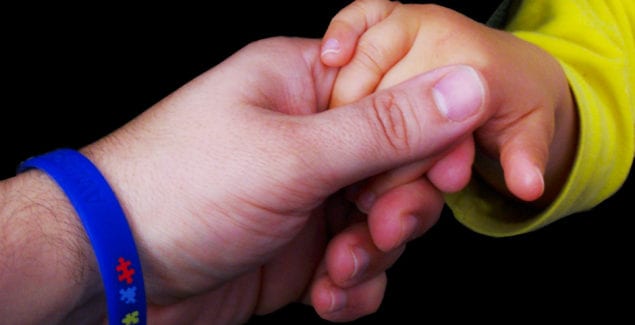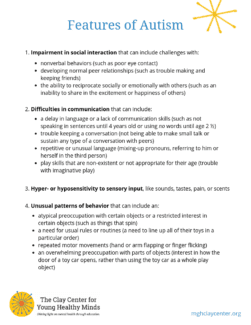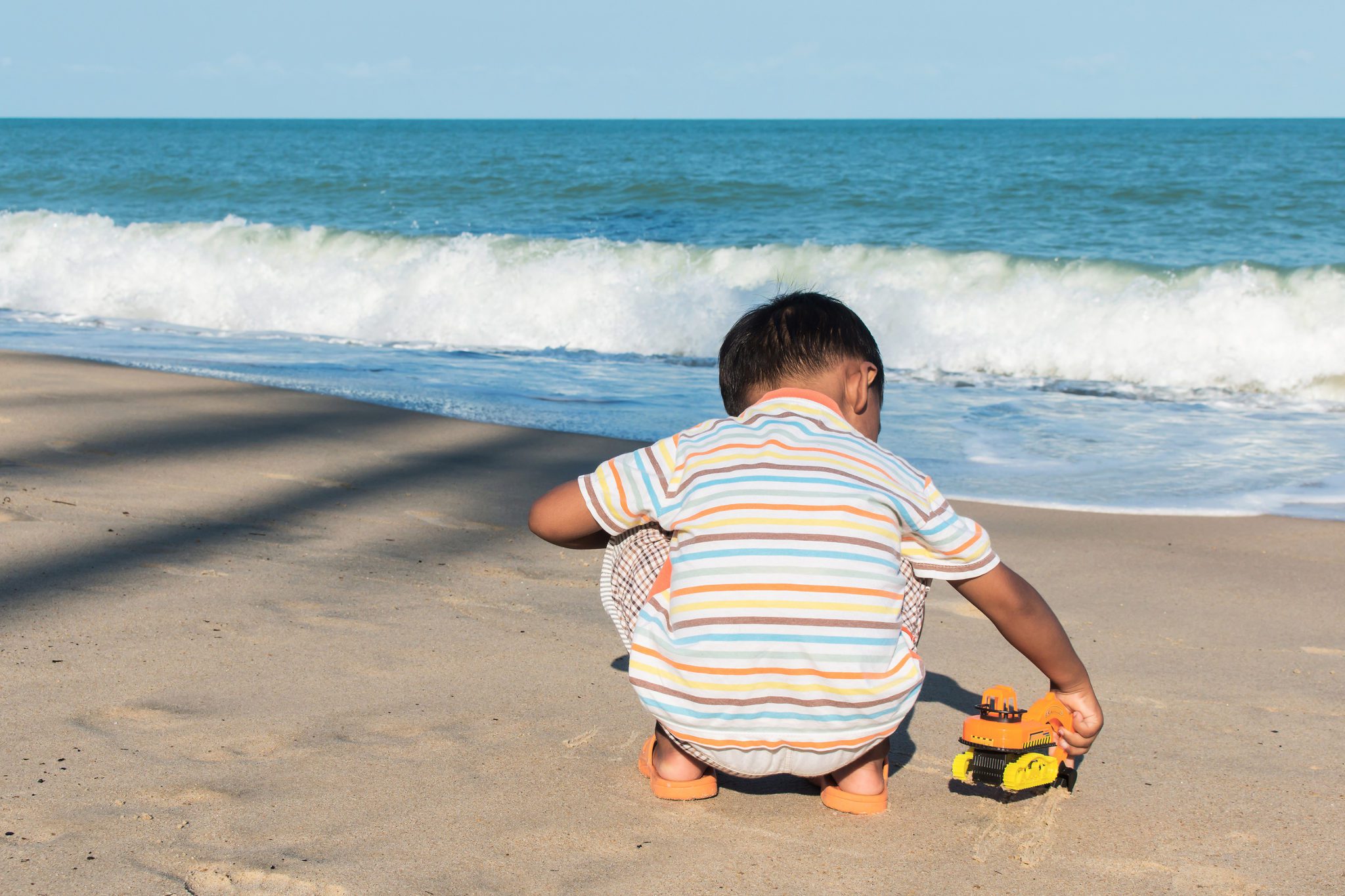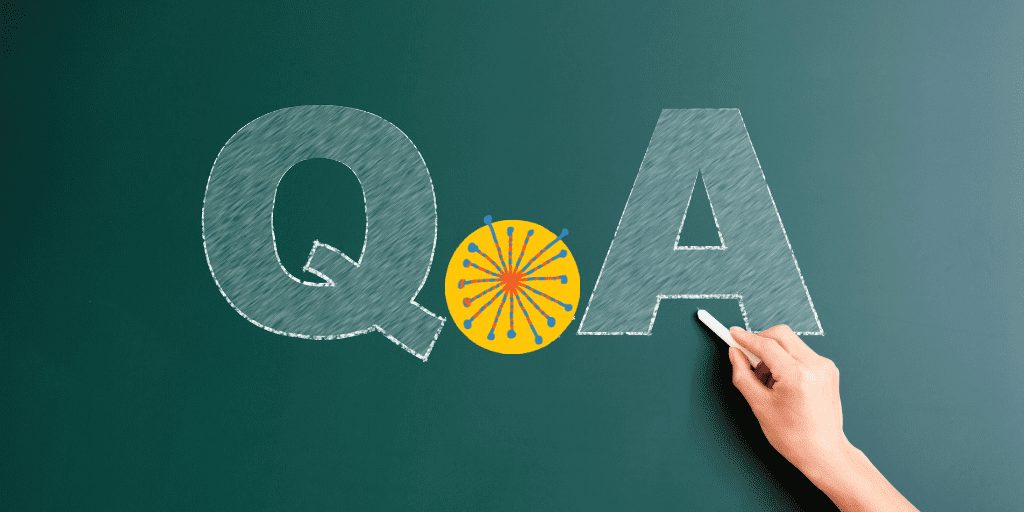What Is Autism Spectrum?

Posted in: Parenting Concerns
Topics: Autism Spectrum
Este artículo está disponible en español.
Children with autism have significant challenges with social interactions and communication and a very restricted repertoire of activities and interests. Issues with social reciprocity are very severe (it’s not just being shy or a bit detached). They include: 1) difficulties with nonverbal behaviors, such as very poor or nonexistent eye contact; 2) an inability to recognize others’ feelings (or even recognize the presence of another person); 3) trouble establishing or maintaining friendships (to the point of being unaware of others’ needs or presence).
Children with autism also have challenges with communication that can include delayed speech, unusual speech, or problems comprehending the speech of others. Stereotyped behaviors or repetitive behaviors are observed in children with autism and these behaviors can include rocking, a fascination with objects that spin, a fascination with a simple object such as a string, or an occupation with parts of objects (such as a button or a specific part of the body).
In order to meet criteria for a diagnosis of autism, a child must have a significant delay or atypical functioning in one of these areas before the age of three years old:
- social interaction
- language (particularly that used in social communication)
- imaginative play
Most children with autism have never had a period of typical development, although some parents do report typical development until the age of one or two years. The diagnosis of autism has changed over the years. It’s important to note that autism occurs along a spectrum and kids with autism can look quite different from each other.
How is Autism Assessed?
Early identification of children with autism is key. The sooner a child is evaluated the sooner intervention can begin – and early intervention is key to the best possible outcome.
Because autism is a diagnosis that can affect many areas of functioning, a comprehensive evaluation is usually necessary. A comprehensive evaluation can include interviews with the child’s parents and caretakers, direct observation of the child in the doctor’s office and at home or school, and tests of intelligence, language and day-to-day living skills. The evaluator may ask you to complete forms that measure symptoms of autism in addition to completing a structured observation of your child, him or herself. For example, an activity the Autism Diagnostic Observation Schedule (ADOS) uses assess whether a child displays behaviors relevant to autism is by engaging the child in telling a story or in playing a game, and seeing whether she’s able to be engaged – or even able to do – these activities.
What are the Effective Treatments for Autism?
Children with autism have been shown to benefit considerably from early, intensive, comprehensive programs. Comprehensive programs for children less than 5 years of age typically includes behavior therapy, such as Applied Behavior Analysis (ABA), speech and language therapy, occupational therapy, and social skills training. Research has shown that children can make significant gains in these types of programs and that these gains are typically maintained years later.
There are a number of common elements to successful programs for children of any age with autism, which includes:
- a focus on communication, attention, and social skills;
- a highly structured school environment with a low student-to-teacher ratio;
- a predictable home, school and therapy environment; and
- a high level of structured family involvement.
When parents are more involved in the treatment process, children are more likely to generalize and maintain what they learn in school and in therapy. The most effective treatments are ones that are very intensive in that they are given for many hours per day and in different environments (such as at home and in school). Some children may need behavior therapy to address concerns such as self-stimulation, aggression, and tantrums. Social skill facilitation has also been found to be effective, particularly if this facilitation occurs through the school day, in addition to occurring in structured therapy groups.
Unfortunately, there are no magic bullets or pills that can treat autism, although medication can be useful in treating some of the associated symptoms such as inattention, aggression, and self-injurious behavior. Some children with autism may have seizure disorders and medication is used to treat these conditions. Finally, research has shown that many other types of treatments are not very helpful in treating the underlying causes of autism. These include vitamins, auditory and visual training exercises, skills patterning, and functional communication.



 Share
Share Tweet
Tweet





